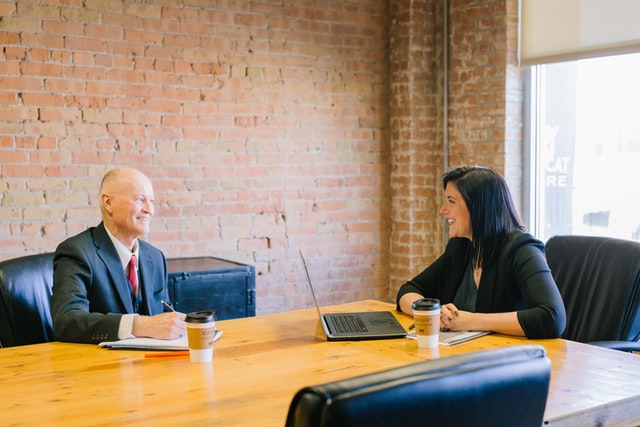During the lockdowns, businesses had an excuse to try out work-from-home models and see how well it works. Is it better than office spaces? Worse? Just different? Offices and and work-from-home models both have their advantages and disadvantages, and the experience will be different for different people. By surveying employees who had a chance to work from home, some companies are rethinking whether they want an office space at all. Those who are keeping their offices are also learning what they can do to make the office a better place to work.
The main advantage of office space has frequently been assumed to be that workers are more productive without the distractions of home. While this is true for some people, especially those with young kids, by and large productivity has actually been higher using a work-from-home model. Some of this can be attributed to employees specifically focusing on work because they don’t want to appear unproductive, but for the company, this achieves the same result.
According to employees at advertising and marketing firm R/GA, the purpose of the office was not productivity. It’s human connection and collaboration. Two of the biggest disadvantages they saw while working from home is that they missed seeing their coworkers and weren’t able to coordinate with them efficiently. Many of them wanted to keep working from home, but still be able to access the office a few days a week to meet with coworkers. R/GA saw that as a pointer for how they could change the office experience to prioritize it being a collaborative space. Individual desks and cubicles serve little purpose here — what’s needed is more informal meeting rooms. There are larger conference rooms, but those don’t allow for smaller teams to work together without interruptions from other groups coming and going.
Photo by Amy Hirschi on Unsplash
More: https://www.newyorker.com/magazine/2021/02/01/has-the-pandemic-transformed-the-office-forever
